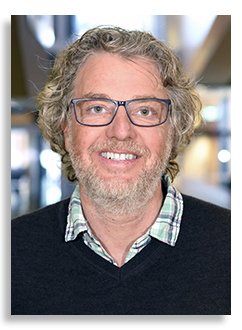
Click image for HiRes
Abstract
The primary power loss mechanisms in industrial solar cells featuring either doped poly-silicon contacts (commonly known as TOPCon cells) and amorphous silicon contacts (silicon heterojunction cells - SHJ) are identified, quantified, and discussed. Generally, parasitic absorption on the front side of SHJ cells leads to lower currents than TOPCon cells, while SHJ cells have higher voltages, due mainly to reduced recombination at the front surface and contacts. SHJ cells also have higher fill factors, thanks largely to reduced transport losses to the front contacts. We then evaluate possible solutions for the two technologies to overcome their respective losses, based on modified architectures and materials development, and conclude that both have the potential to achieve efficiencies above 26% in mass production in the near future.
Click here to see all available video seminars.
Click here to go to the SPREE HOMEPAGE.
Brief Bio
Professor Daniel Macdonald completed his PhD in silicon solar cells at ANU in 2001 and has over 20 years’ experience in silicon solar cell research, spanning materials, device design and fabrication, and advanced characterization. He currently leads a team of 25 postdoctoral fellows and research students, has published over 400 papers in the field, and has led projects valued at over A$20 million, including large industry-supported projects. He has held three ARC Fellowships and is a leading expert in n-type silicon solar cells and their commercialization, including poly-silicon contacted solar cells.
